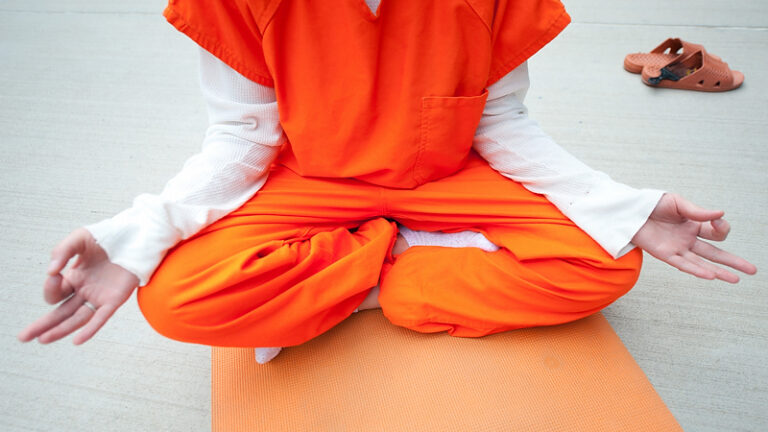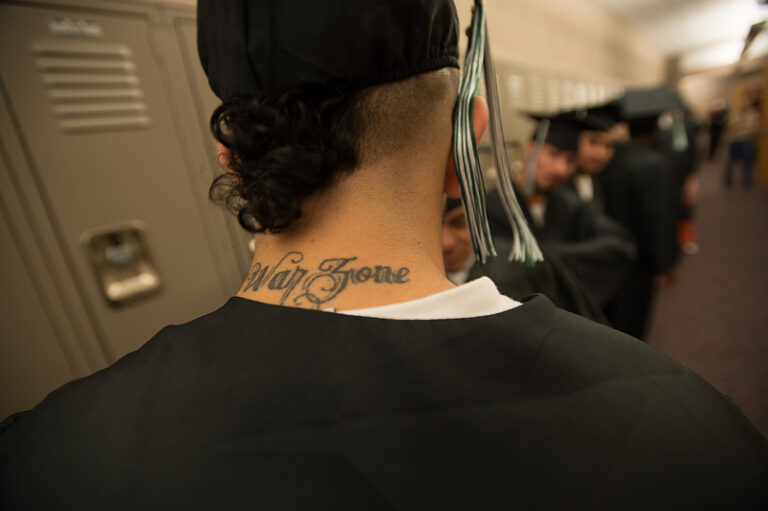Culture Shock: The True Lens Of The Camera
Photographer Chris Cozzone Explores The Lives Playing Out In Albuquerque


Chris Cozzone

Chris Cozzone

Chris Cozzone

Chris Cozzone

Chris Cozzone

Chris Cozzone








